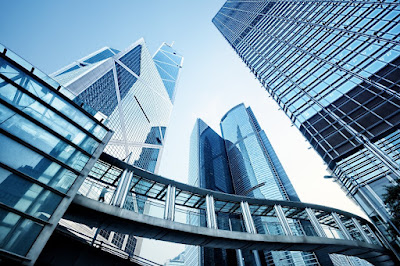Looking at the size and solidity of huge buildings makes it appear as if they will last forever. We know that isn’t so, but there is a great deal your engineers can do to preserve these structures, such as colleges, public buildings, and hospitals. Taking measures to protect these buildings means they’ll stand up to the test of time.
We recommend structural monitoring for the commercial or industrial buildings you own. This system of control panels collects data from sensors in the structure that allow your engineers to track changes. Comparing real-time data points out problems and prompts maintenance and repairs.
Data That Informs, Protects, & Preserves
Make use of a building monitoring system to make timely repairs. The sensors may show the increase of corrosion, an accumulation of cracks and lines, or deviations from the vertical. This is vital information that tells your engineers about the type of repairs necessary and a time frame with which to work.
Use the information you gain from structural monitoring to boost the safety and longevity of the structure, reduce maintenance costs, and prolong the working life of the building. It makes sense to safeguard your investment.


